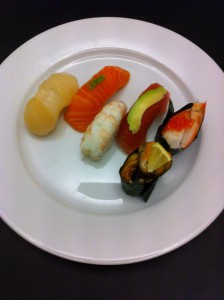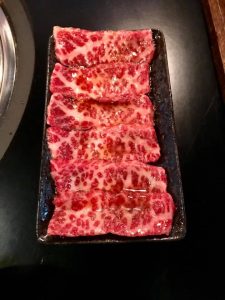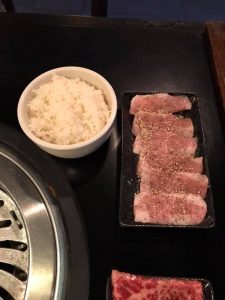 When making sushi the knife play an important role.
When making sushi the knife play an important role.
The secret to tasty nigiri include your ability to cut fish to perfection.
The more a clean cut you can make the more tasty is nigiri pieces too. The reason is that even the smallest “wrong” section of a fish or vegetables can be tasted.
It is also important to know the structure of the fish as it has a direct impact on how clean a cut you can make. If you cut the filet the wrong way the whole filet can fall apart.
The Japanese use very few ingredients when they make nigiri and because of that you will be able to taste everything because nothing can be hidden.
_
Zoë har holdt foredrag og afholdt sushikurser for A.P. Møller – Mærsk, Hugo Boss Nordic, Novo Nordisk, Novartis,Velux, Gorrissen Federspiel, Beierholm revision, Elbek & Vejrup og mange flere.









